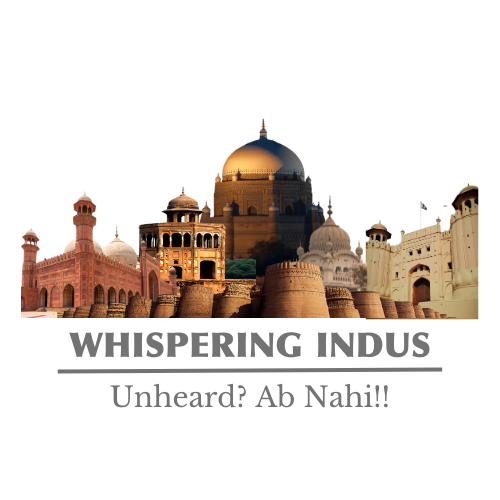Monasteries, stupas, and Greco-Buddhist sculpture blending East and West.
Centered in Gandhara (modern-day Khyber Pakhtunkhwa), Buddhist architecture flourished with a distinct blend of Indian and Greco-Roman elements. Monasteries such as those in Taxila and Takht-i-Bahi served both residential and spiritual functions for monks.
The stupas, such as those at Dharmarajika and Jaulian, were used for enshrining relics and spiritual meditation. Their domed forms and stone railings reflected symbolic Buddhist cosmology. Artistic panels depicted scenes from Buddha’s life with intricate carvings and naturalistic styles.
Gandharan architecture is notable for its use of stone and stucco, as well as the introduction of anthropomorphic Buddha figures influenced by Hellenistic styles. This artistic and architectural fusion influenced Buddhist design across Central and East Asia.
